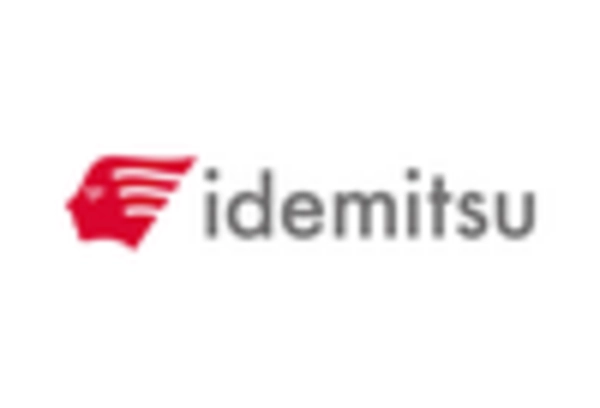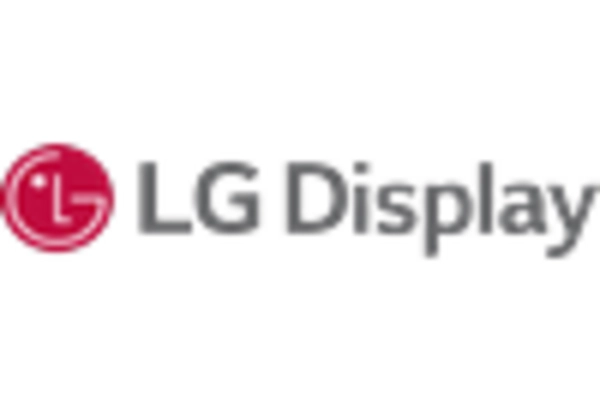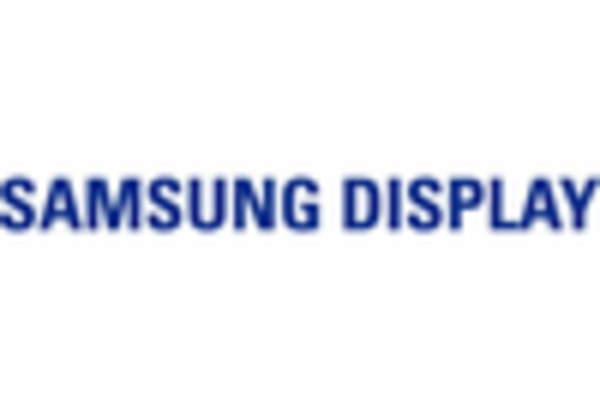Market Trends
Key Emerging Trends in the OLED Materials Market
The market factors influencing the OLED (Organic Light Emitting Diode) materials market are multifaceted and dynamic, impacting the supply, demand, and overall growth trajectory of this burgeoning industry. One significant factor driving the OLED materials market is the rapid expansion of the consumer electronics sector. With the increasing demand for smartphones, tablets, and televisions with high-quality displays, there is a growing need for advanced OLED materials to enhance the performance and efficiency of these devices.
The OLED Materials Market segmentation, based on end user, includes residential, commercial, and industrial. In 2022, the residential category dominated the world market.
Moreover, the shift towards energy-efficient lighting solutions is another crucial market factor fueling the demand for OLED materials. As governments worldwide implement stringent regulations to curb carbon emissions and promote sustainability, there is a growing preference for OLED lighting due to its energy-saving benefits and superior performance compared to traditional lighting technologies.
Technological advancements and innovations play a pivotal role in shaping the OLED materials market. Continuous research and development efforts aimed at improving the efficiency, durability, and cost-effectiveness of OLED materials contribute to their widespread adoption across various industries. Innovations such as flexible OLED displays and transparent OLEDs open up new avenues for applications in sectors such as automotive, healthcare, and signage, further propelling market growth.
Furthermore, the competitive landscape of the OLED materials market is influenced by factors such as pricing dynamics, regulatory policies, and intellectual property rights. Manufacturers strive to optimize production processes and reduce manufacturing costs to gain a competitive edge in the market. Additionally, collaborations, partnerships, and strategic alliances among key players are common strategies adopted to expand market presence and accelerate innovation.
The global economic environment also exerts a significant impact on the OLED materials market. Fluctuations in currency exchange rates, trade policies, and geopolitical tensions can disrupt supply chains and affect market dynamics. Economic downturns may lead to reduced consumer spending on electronics and lighting products, dampening demand for OLED materials in the short term.
Environmental considerations are increasingly shaping the OLED materials market, with stakeholders focusing on sustainability and eco-friendly practices. As consumers become more environmentally conscious, there is a growing demand for OLED materials derived from renewable sources and manufactured using environmentally friendly processes. Companies that prioritize sustainability in their operations are likely to gain a competitive advantage and secure long-term success in the market.
Moreover, the regulatory landscape pertaining to OLED materials continues to evolve, with governments implementing measures to address environmental concerns and ensure product safety. Compliance with regulations such as RoHS (Restriction of Hazardous Substances) and REACH (Registration, Evaluation, Authorization, and Restriction of Chemicals) is imperative for manufacturers to gain market acceptance and maintain consumer trust.

















Leave a Comment